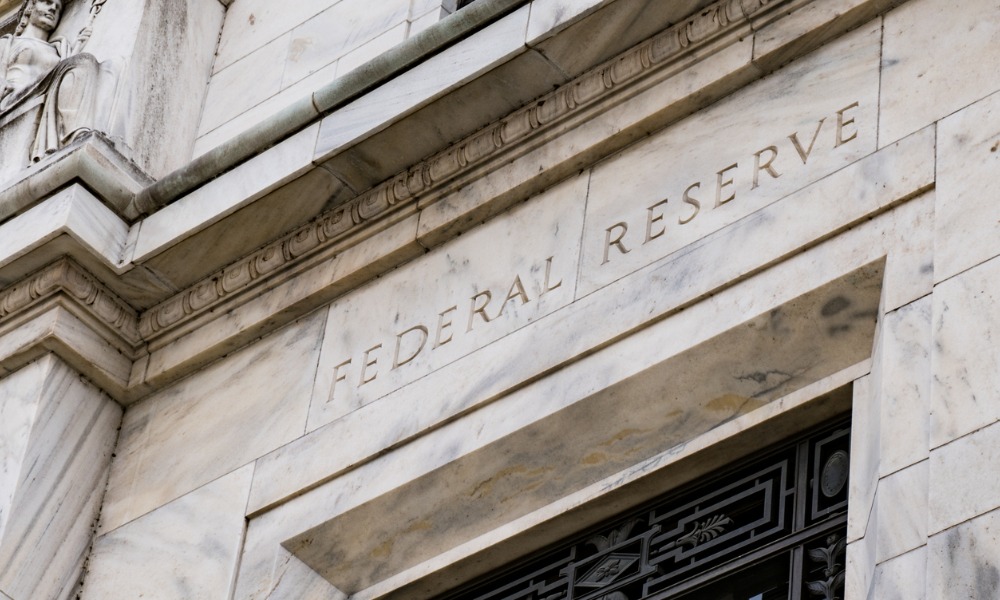Fed Chair Powell emphasizes a longer restrictive policy stance to manage inflation without immediate hikes

Central bankers are cautious with their language, so recent statements from the Federal Reserve's top officials, Fed Chair Jerome Powell, and Vice Chair Philip Jefferson, suggesting that US monetary policy might remain "restrictive" for a longer period, are significant.
Reporting from Reuters highlights that this choice of words could give the Fed more flexibility in managing near-term interest rates, potentially dampening speculation about imminent rate hikes.
During separate events in Washington on April 16, both Powell and Jefferson indicated that policy would remain “restrictive” if inflation does not clearly trend towards the Fed's 2 percent target.
Unlike some Fed officials, such as Atlanta Fed President Raphael Bostic, who have bluntly discussed the possibility of rate increases, Powell and Jefferson's wording allows for a broader interpretation of future policy actions.
Market participants have recently reduced their expectations for policy easing this year, with anticipated cuts dropping to 40 basis points from 160 basis points in January.
Amid these expectations, discussions about maintaining higher rates for longer are intensifying, suggesting that a rate hike might be considered.
However, Powell's focus on maintaining a “restrictive” policy rather than a higher nominal rate is crucial. This approach implies that even with potential rate cuts, the policy could still exert enough pressure on the economy to cool demand and reduce inflation towards the desired 2 percent level.
Current estimates suggest that the Fed funds target range could be lowered by 150-200 basis points and still be considered restrictive.
This perspective is reinforced by the Fed's projected long-run neutral rate of 2.6 percent and an inflation goal of 2 percent, resulting in a neutral rate of about 0.6 percent.
With current policies being 150-250 basis points more restrictive than this neutral rate, the discussion shifts from a strict focus on nominal rate levels to a more nuanced view of policy impact.
The debate over whether to raise rates seems less likely, as indicated by Joe Kalish, chief global macro strategist at Ned Davis Research.
He notes that a significant shift in inflation expectations would be required to consider such a move. Current consumer surveys and inflation-protected bond rates suggest rising but not runaway inflation expectations.
Further adjustments to the neutral rate forecast by the Fed, such as the recent increase from 2.5 percent to 2.6 percent, could influence future decisions, especially if inflation remains stubborn.
This delicate balance underscores the Fed's ongoing challenge in achieving its dual mandate of full employment and stable inflation without triggering a recession or financial stress, as echoed by analysts at UBS.
Overall, the Federal Reserve's strategy to maintain a restrictive policy stance aims to manage economic growth and inflation carefully, ensuring long-term stability without the immediate need for further rate hikes.



